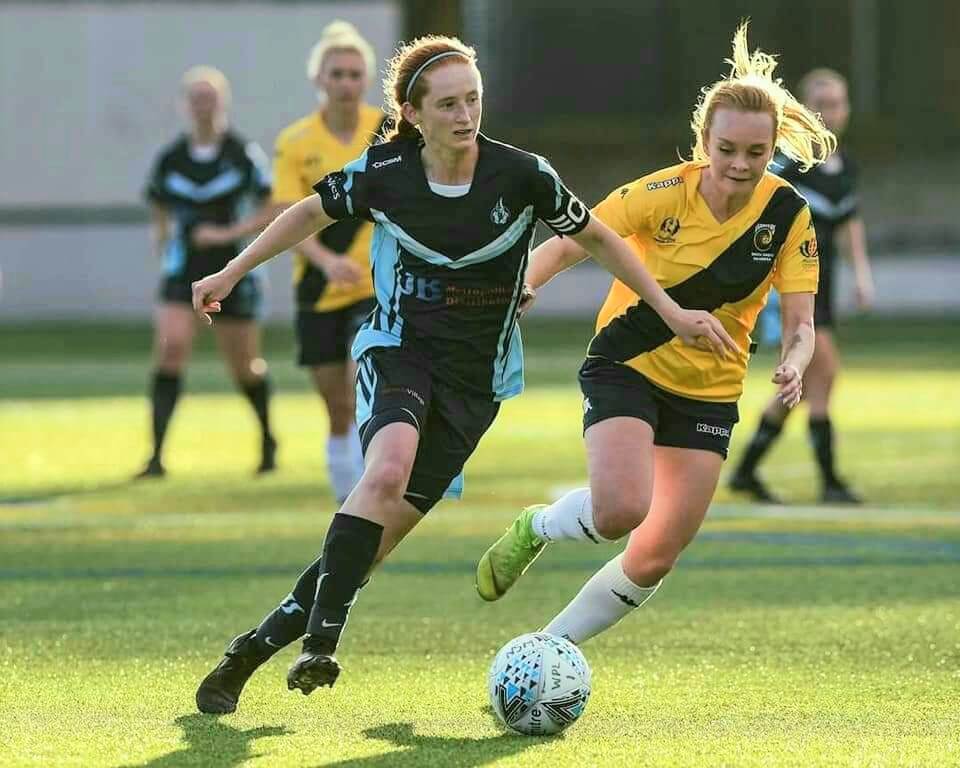Anterior Cruciate Ligament (ACL) Injury and Injury Prevention
The female footballer needs to pay particular attention to the prevention of injury to the Anterior Cruciate Ligament (a very important stability ligament in the knee). Female players are 2-3 times more likely to rupture their ACL ligament than males (1) with this injury keeping players out of competitive matches for 9-12 months! Importantly, we know that programs like the Football Australia Perform+ are effective in reducing the risk of players rupturing their ACL by 45% (2) and all injuries by up to 68% in the young female footballer (3).
Why are females more prone to ACL injury?
The reason for increase injury risk in females compared to males remains unclear.
Some differences that have been researched include:
– Hormonal.
– Anatomical, including hip width and hip width to femur length ratios.
– ACL and femoral notch size.
– Neuromuscular control.
– Core stability.
However, there is no clear consensus and more research is needed to help us understand why.
Although there is no clear understanding of why females are at an increased risk of ACL injury, it is clear that injury prevention strategies are working to reduce the overall incidence.
Programs such as the Football Australia Perform+ have shown to reduce ACL injury by up to 45%
Practical Tips:
1. Start the Football Australia Perform+ from a young age. The peak incidence of ACL injury in female athletes is between 15-19 years of age, compared with 20-24 years for males, making it imperative that injury risk reduction strategies are introduced early and regularly from 10-11 years of age.
2. Strength, power and change of direction training are all very important components for injury and ACL injury prevention for female players. It is important that these components of the Football Australia Perform+ are included in training and players are monitored for technique and movement quality.
3. Focus on technique from a young age. How a player moves, especially preventing the knee from “buckling in”, is very important. Encouraging control of ankle – knee – hip alignment is a fundamental principle for injury prevention.
References
1. Montalvo AM, Schneider DK, Yuk L, et al. “What’s my risk of sustaining an ACL injury while playing sports?” A systematic review with meta-analysis. Br J Sports Med 2019;53:1003-1012.
2. Crossley KM, Patterson BE, Cluvenor AG et al. Making football safer for women: a systematic review and meta-analysis of injury prevention programmes in 11 773 female football (soccer) players. Br J Sports Med 2020;54:1089-1098.
3. The female ACL: Why is it more prone to injury? J Orthop. 2016 Mar 24;13(2):A1-4. doi: 10.1016/S0972-978X(16)00023-4. PMID: 27053841; PMCID: PMC4805849.
4. Whalan M, Lovell R, Thorborg K, Sampson JA. The 11+ of the future: a primary injury prevention framework for sub-elite football. Br J Sports Med. 2020 Oct 15:bjsports-2020-102788. doi: 10.1136/bjsports-2020-102788. Epub ahead of print. PMID: 33060157.























